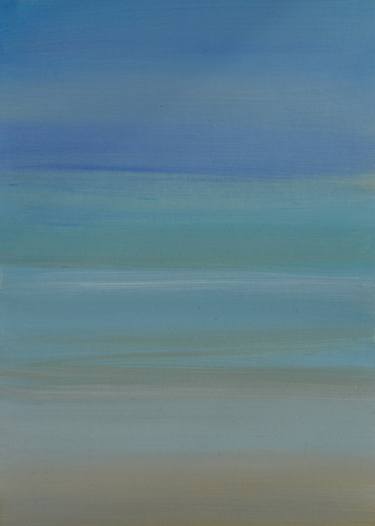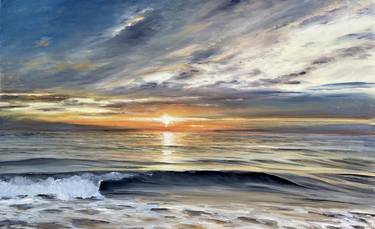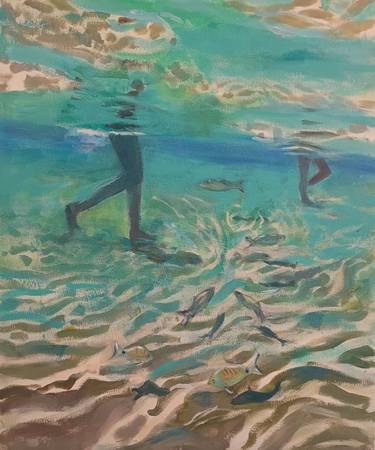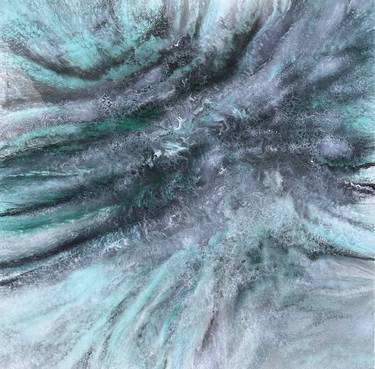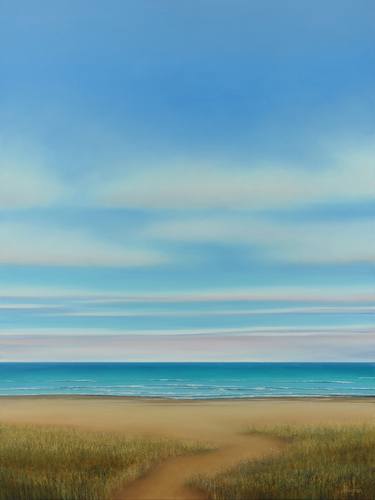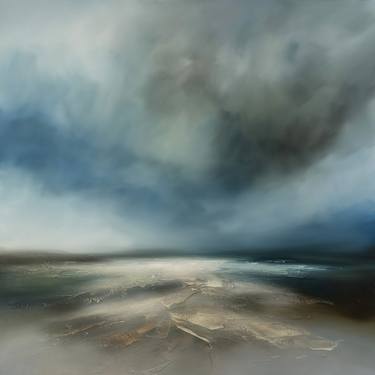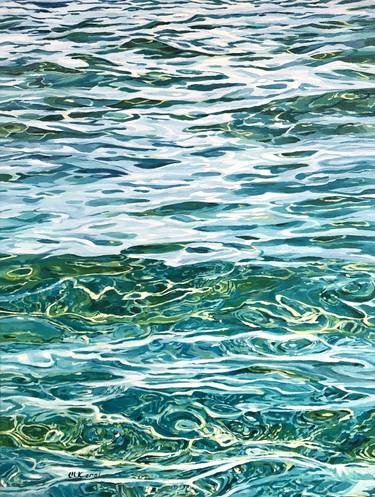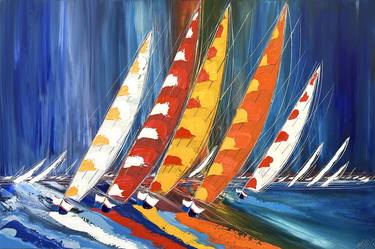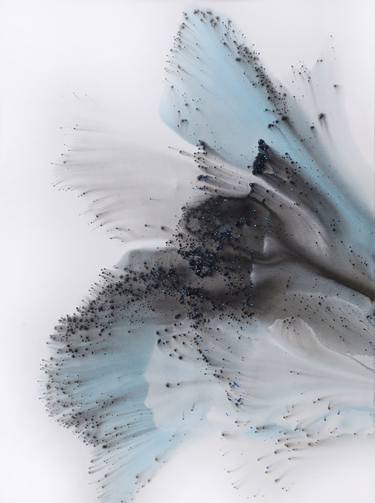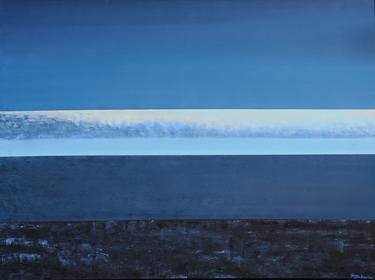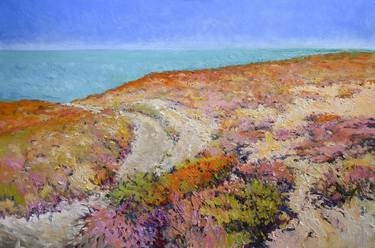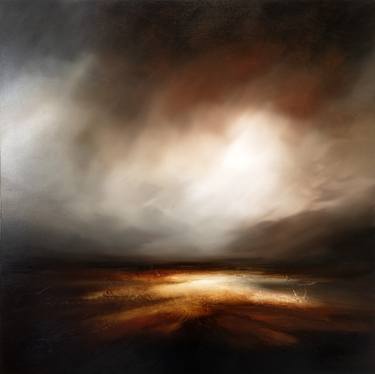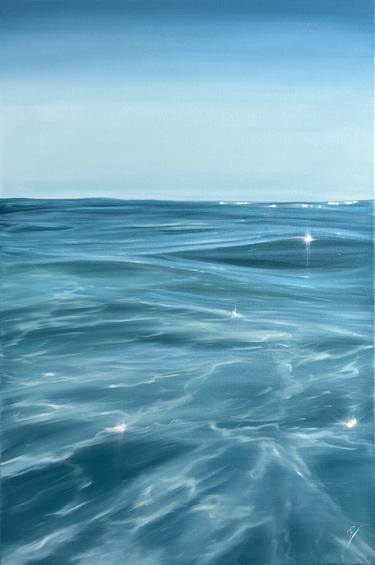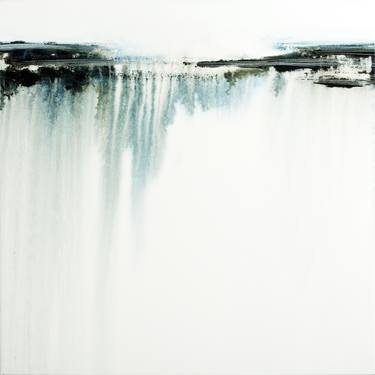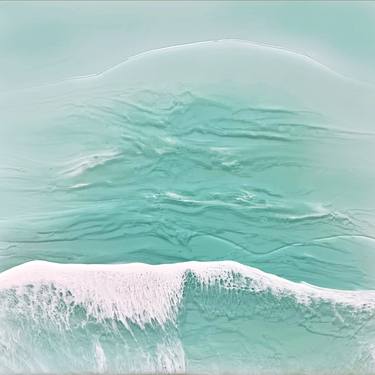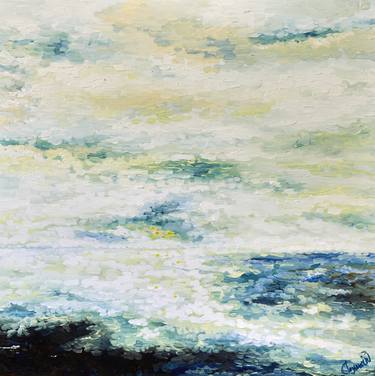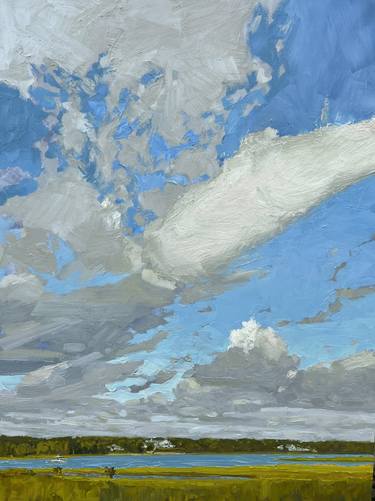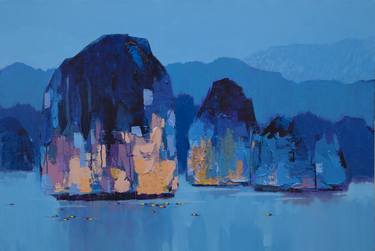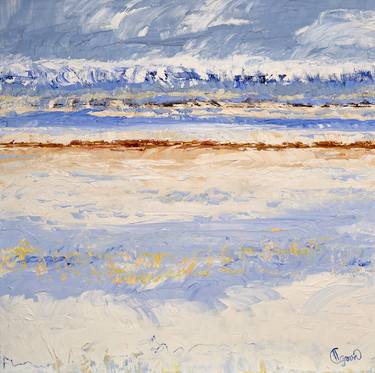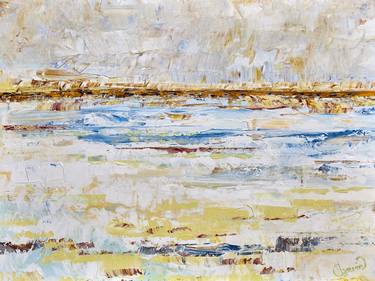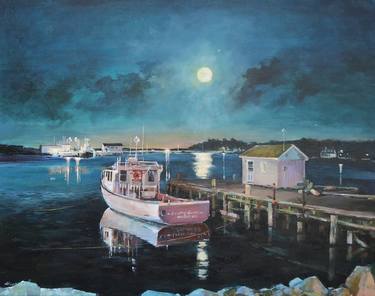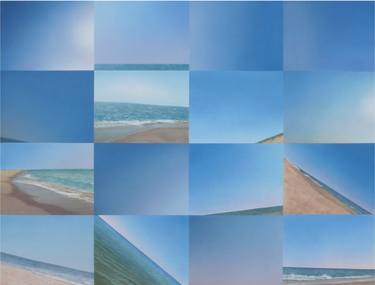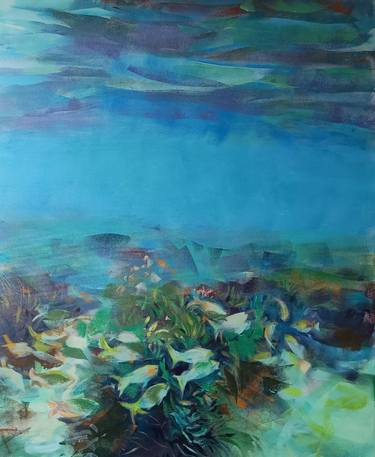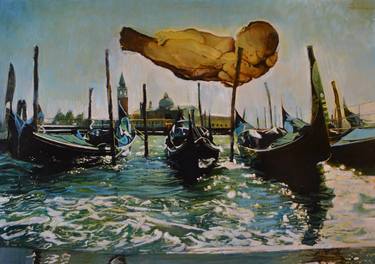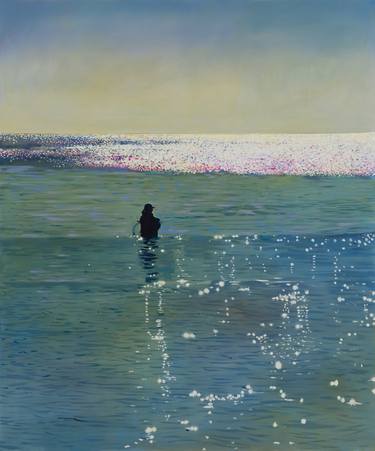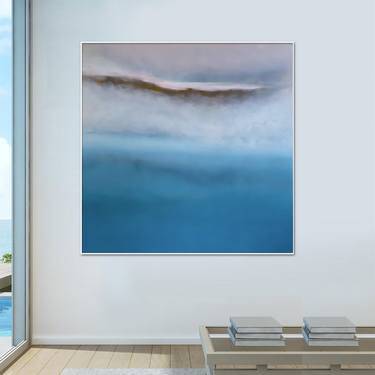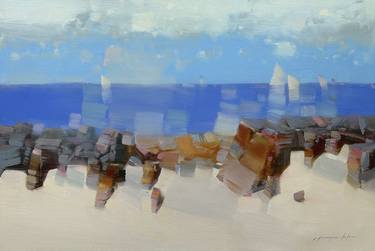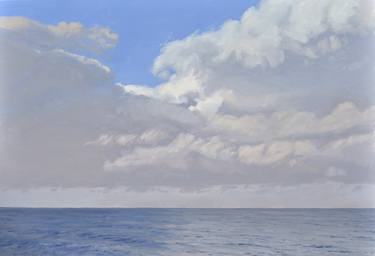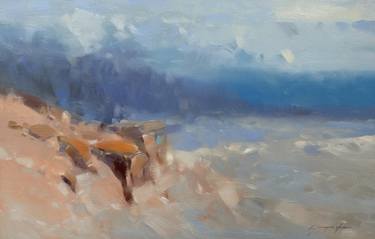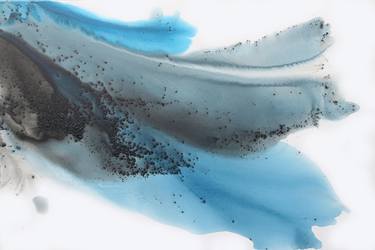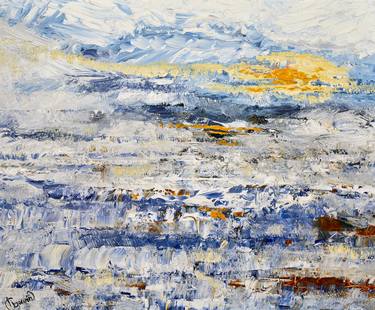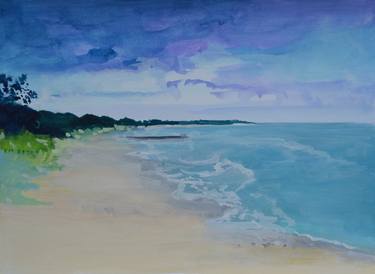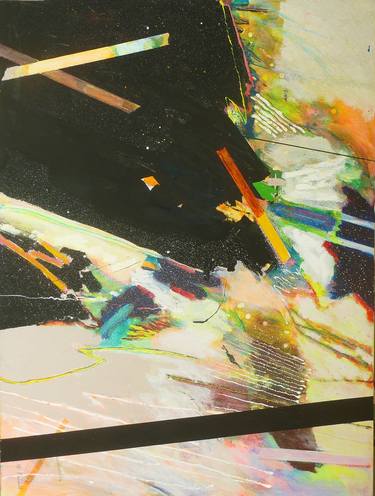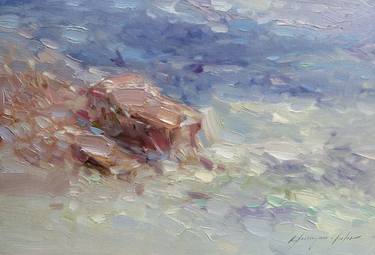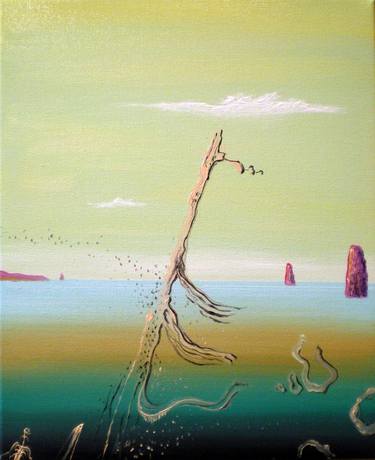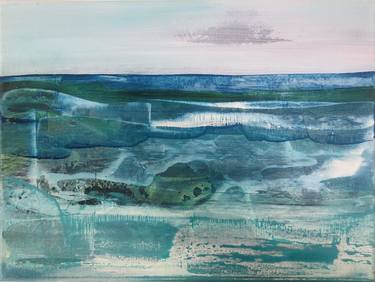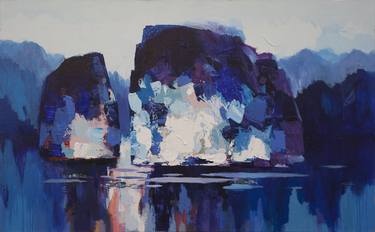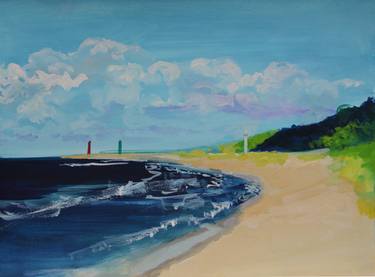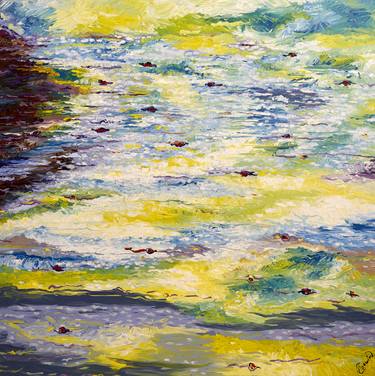- All Artworks
- Paintings
- Seascape
Seascape Paintings For Sale
Browse art and see similar matches
Try Visual Search
Category
Filter (1)
Filter
Category
Style
Subject
Medium
Material
Price
Size
Orientation
Color
Artist Country
Featured Artist
Paintings, 12 W x 12 H x 1.5 D in
Canada
$480
Prints from $40
Paintings, 36 W x 24 H x 1.5 D in
United States
$1,430
Prints from $40
Paintings, 11.8 W x 9.8 H x 0.2 D in
Poland
$770
Prints from $85
Paintings, 11.8 W x 11.8 H x 0.8 D in
Germany
$490
Paintings, 7.1 W x 9.4 H x 0.1 D in
Poland
$340
Prints from $40
Paintings, 47.2 W x 35.4 H x 2 D in
Hungary
$4,030
Prints from $80
Paintings, 20 W x 12 H x 1 D in
Turkey
$1,630
Prints from $100
Paintings, 19.7 W x 23.6 H x 0.4 D in
Spain
$1,460
Prints from $100
Paintings, 49.6 W x 49.6 H x 1.6 D in
Australia
$3,860
Sandy Path - Blue Sky Seascape Painting
Paintings, 30 W x 40 H x 1.5 D in
United States
$1,780
Prints from $100
Paintings, 39.4 W x 39.4 H x 1.6 D in
United Kingdom
$3,470
Paintings, 23.6 W x 31.5 H x 0.8 D in
Spain
$2,490
Prints from $40
SAILBOATS AT THE HORIZON… (2024)
Paintings, 59.1 W x 39.4 H x 0.8 D in
Germany
$10,490
Paintings, 47.2 W x 63 H x 1.6 D in
France
$7,560
Prints from $100
Paintings, 48 W x 36 H x 2.1 D in
United States
$2,890
Prints from $80
Paintings, 36 W x 24 H x 0.6 D in
United States
$1,860
Prints from $40
Paintings, 31.5 W x 31.5 H x 1.6 D in
United Kingdom
$2,830
Paintings, 24 W x 36 H x 1.5 D in
United States
$2,330
Prints from $64
Le cri des goélands... II (ABSTRACT LANDSCAPE 2022)
Paintings, 7.9 W x 7.9 H x 2 D in
Germany
$490
Paintings, 17.3 W x 17.3 H x 1.6 D in
Australia
$940
The Wadden Sea National Park No161
Paintings, 39.4 W x 39.4 H x 0.8 D in
Denmark
$1,610
Paintings, 36 W x 48 H x 3 D in
United States
$4,590
Prints from $49
Paintings, 47.2 W x 31.5 H x 1.6 D in
Vietnam
$3,720
Prints from $43
The Wadden Sea National Park No248
Paintings, 39.4 W x 39.4 H x 0.8 D in
Denmark
$1,610
The Wadden Sea National Park No166
Paintings, 47.2 W x 35.4 H x 0.8 D in
Denmark
$1,860
Paintings, 30 W x 24 H x 0.7 D in
Canada
$1,570
Prints from $100
Paintings, 42 W x 32 H x 1.5 D in
United States
$2,360
Paintings, 31.9 W x 39.4 H x 0.4 D in
Spain
$1,940
Prints from $100
Pearls of Mallorca. View from the bird’s eye.
Paintings, 39.4 W x 39.4 H x 1.2 D in
Spain
$3,330
Prints from $40
Paintings, 19.7 W x 19.7 H x 1 D in
United Kingdom
$860
Prints from $40
Paintings, 39.4 W x 27.6 H x 0.1 D in
Argentina
$3,810
Prints from $40
Paintings, 39.4 W x 47.2 H x 0.8 D in
Poland
$5,590
Prints from $40
Paintings, 47.2 W x 47.2 H x 0.8 D in
Lithuania
$3,870
Prints from $100
Paintings, 31 W x 21 H x 8 D in
United States
$1,470
Prints from $40
Paintings, 51.2 W x 35 H x 1.2 D in
France
$2,860
Prints from $50
Paintings, 31 W x 20 H x 8 D in
United States
$1,460
Prints from $40
Paintings, 47.2 W x 31.5 H x 0.8 D in
France
$3,990
The Wadden Sea National Park No229
Paintings, 47.2 W x 39.4 H x 0.8 D in
Denmark
$1,860
Paintings, 37 W x 30 H x 1.5 D in
United States
$3,140
Paintings, 11 W x 8.3 H x 0.1 D in
Poland
$480
Prints from $75
Paintings, 30 W x 40 H x 2 D in
United States
$2,610
Prints from $100
Paintings, 16 W x 11 H x 8 D in
United States
$400
Prints from $40
Paintings, 13.8 W x 18.9 H x 0.6 D in
Spain
$625
Paintings, 15.7 W x 11.8 H x 1.6 D in
Netherlands
$930
Surface de la mer 22 - Sea surface 22
Paintings, 46.9 W x 42.9 H x 0.1 D in
France
$1,805
Paintings, 63 W x 39.4 H x 1.6 D in
Vietnam
$6,460
Prints from $40
The Wadden Sea National Park No101
Paintings, 39.4 W x 27.6 H x 0.8 D in
Denmark
$1,590
Paintings, 11 W x 8.3 H x 0.1 D in
Poland
$480
Paintings, 68.9 W x 68.9 H x 0.8 D in
Denmark
$5,890
